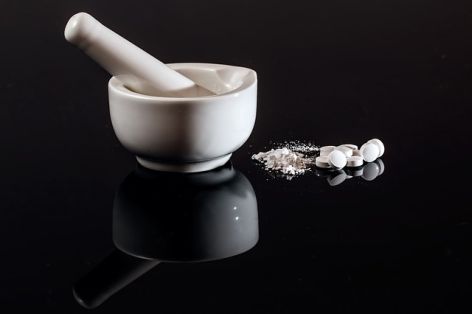Oxycodone, or oxy, is an opiate-based painkiller used to treat moderate to severe pain. The active ingredient in painkillers such as OxyContin, Percocet and Percodan, oxycodone is a highly addictive substance with a high possibility for abuse. Oxycodone is classified as a Schedule II drug by the FDA and only obtainable through a medical prescription. Oxycodone has many legitimate medical uses, and when taken at prescription levels under a doctor’s care, the risk of addiction is low. Intentional misuse of oxy and increased tolerance for the drug’s effects can lead to addiction.
Tolerance or Addiction? If you’re prescribed oxy for chronic pain, you may notice your tolerance for the drug increases over time. Tolerance occurs when the body and brain adapt to the presence of a substance. Greater doses are required to achieve the same pain management. People often equate tolerance with addiction, but the two are different conditions. You can develop a greater tolerance for oxy without becoming addicted. People addicted to oxy abuse the drug to obtain a high, not for pain management.
Symptoms of Oxy Addiction Abusing oxy may start as taking higher pill doses, but as the need for the high increases, pill use also changes. People may crush or melt oxy pills to snort or inject, misuse that causes a high similar to heroin. Such abuse raises tolerance even faster, increasing the risk of addiction. Mental symptoms of oxy addiction include anxiety, depression, confusion and apathy. Physically, you may experience fatigue, weakness, dizziness, nausea and vomiting. Oxy use can also depress respiratory function. An oxy addict’s behavior also changes. You become preoccupied with finding and using the drug. Addicts may seek prescriptions from multiple doctors, buy oxy from street dealers, or even “graduate” from oxy to heroin use.
Complications of Oxy Abuse Oxy abuse slows respiratory function. In large doses, or in combination with respiratory conditions, oxy can cause breathing to fall to dangerously low levels, causing respiratory failure and even death. Combining oxy with alcohol, other opiates or benzodiazepines increases the risk of fatal overdose.
Withdrawal Symptoms Withdrawal symptoms resulting from stopping oxy abuse indicate a physical dependence on the drug and are a clear sign you need oxy addiction help. Withdrawal symptoms develop within six to 30 hours of your last drug use. Initially, you may develop anxiety, achy muscles, insomnia, sweating and flu-like symptoms. As withdrawal continues, symptoms worsen, including abdominal cramping, nausea and vomiting, chills, dilated pupils and diarrhea. Respiration and heart rate both increase. In severe cases, you may experience convulsions and seizures, so it’s important to undergo oxy withdrawal in a medical facility or rehab clinic. Oxy Addiction Help Oxy addiction erodes your health, career and relationships, but there is hope. With proper care at a holistic drug rehab clinic you can attain sobriety and learn to live without the drug. You can reclaim your life from painkiller addiction. (Photo via)

